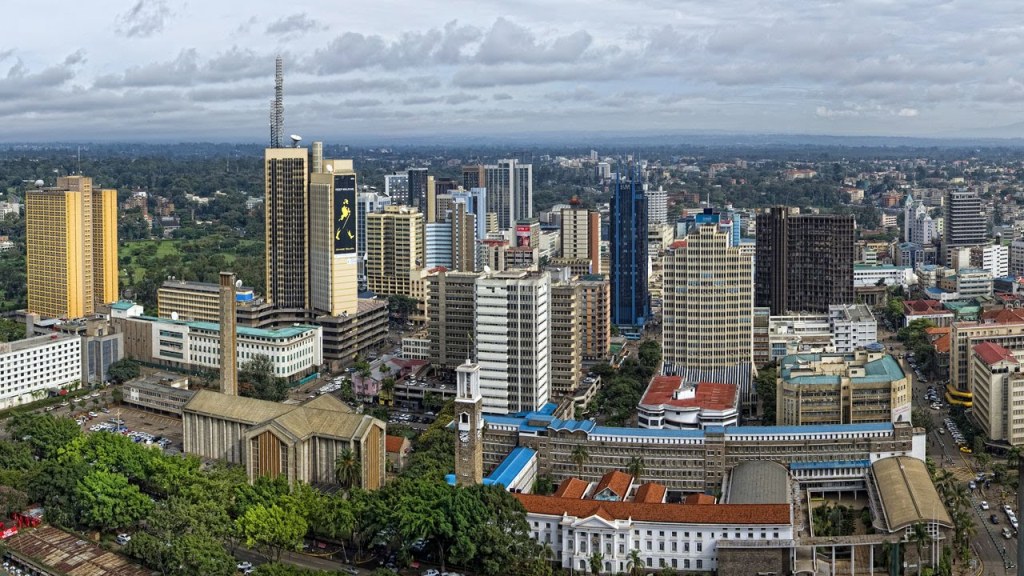Towards sustainable inclusive cities
by Prof. Madara Ogot, Ag. Deputy Vice-Chancellor, Research, Production & Extension and Professor of Mechanical Engineering
The United Nations, in the New Urban Agenda 2016, has recognised that, “Cities ... face unprecedented threats from unsustainable consumption and production patterns, loss of biodiversity, pressure on ecosystems, pollution, natural and human-made disasters, and climate change and its related risks, undermining the efforts to end poverty.”
The report goes on to state that, “Given cities' demographic trends and their central role in the global economy, in the mitigation and adaptation efforts related to climate change, and in the use of resources and ecosystems, the way they are planned, financed, developed, built, governed and managed has a direct impact on sustainability and resilience well beyond urban boundaries”.
The world is undergoing an unprecedented rate of urbanisation in the last few decades with approximately 10 percent global urban population in 1990, estimated to rise to over 60 percent by 2030 according to the United Nations. The increase in urbanisation is primarily from the flow of people from rural to urban areas, driven by the numerous benefits that urbanisation brings.
These include jobs and diversity, as well as improvement in market efficiency, education, and health. Increased urbanisation, however, has come at the expense of a significant rise in water and air pollution and depleted cultivated land among other factors. In addition, social disparities have continued to widen, as the rural poor migrate and join the urban poor. Increasing violence within many cities also points to the degradation in community and social relations. Despite these challenges, cities have become critical to national economies and are the main drivers of economic growth.
Cities are complex interactive systems, nested within global ecosystems and thus do not exist in isolation.
They are connected through trade, capital, migration, and information among other flows. They are composed of socio-ecological and socio-technical networks extending across multiple social scales that cover governance (including industry, government, consumers, labour), socio-economic dynamics (including mobility, demographics, public health, education, equity, and justice) as well as urban infrastructure and form (including buildings, utilities, green spaces, and transportation) sub-systems. These sub-systems within and between themselves are multiscalar, networked, and coupled making cities vulnerable to external events over which they have little or no control. To be sustainable, therefore, cities must be able to continually adapt, evolve, and reinvent themselves.
Sustainability has widely been operationalized through the tightly interrelated economic, social, and environmental (ecological) dimensions. According to de
Jong, sustainable cities can be conceptualised as “place(s) where a higher quality of life is realised in tandem with policies that effectively reduce the demand for resources drawn from the city's hinterland thus making the sustainable city move towards being a more self-sufficient economic, social, and environmental system”.
We share a vision of cities for all, referring to the equal use and enjoyment of cities and human settlements, seeking to promote inclusivity and ensure that all inhabitants, of present and future generations, without discrimination of any kind, are able to inhabit and produce just, safe, healthy, accessible, affordable, resilient and sustainable cities and human settlements to foster prosperity and quality of life for all.
The United Nations, for example, advocates the attainment of sustainable and inclusive urban economies “by leveraging the agglomeration benefits of well-planned urbanization, including high productivity, competitiveness and innovation, by promoting full and productive employment and decent work for all, by ensuring the creation of decent jobs and equal access for all to economic and productive resources and opportunities and by preventing land speculation, promoting secure land tenure and managing urban shrinking, where appropriate.”
Sustainability should include, to the extent possible, the needs of all. A sustainable inclusive city is a place where all citizens, irrespective of their economic means, ethnicity, religion, or gender are empowered and facilitated to participate fully in the economic, social, and political opportunities afforded by the city.
This goal is still elusive in our cities, especially in the context of spatial, social, and economic exclusion.
For the past two decades, sustainability and inclusivity have been at the heart of the UN-Habitat's agenda, recognising that the quality of urban governance is the single most important driver reducing poverty and moving cities towards sustainable prosperity. This includes the need to include the marginalised urban poor as a means to making the cities more sustainable. The two concepts of inclusivity and sustainability go hand-in hand. Ultimately, the journey to inclusive sustainable cities is shared, requiring an informed citizenry with effective local governance within a global compact, thus ensuring that people living in cities can coexist and thrive.

